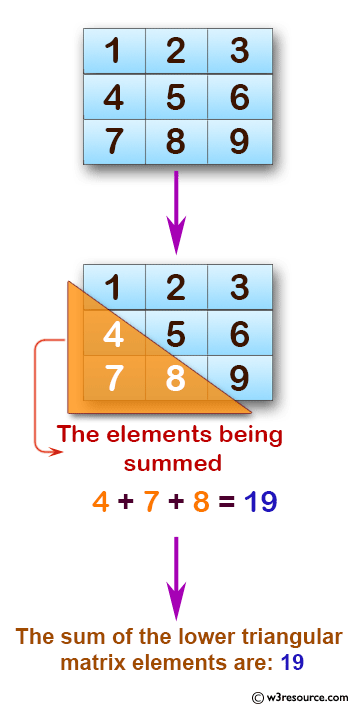

- #Update python from 2.7.2 to 2.7.9 install#
- #Update python from 2.7.2 to 2.7.9 update#
- #Update python from 2.7.2 to 2.7.9 code#
- #Update python from 2.7.2 to 2.7.9 free#
- #Update python from 2.7.2 to 2.7.9 windows#
#Update python from 2.7.2 to 2.7.9 install#
#Update python from 2.7.2 to 2.7.9 code#
After the installation, you just get short instructions on what code you need to put in your profile script (. It automates the whole installation process and installs some additional plugins like pyenv-doctor (to check that pyenv works correctly), pyenv-update (for easy updates), or pyenv-virtualenv (for managing virtual environments). I prefer to use pyenv-installer (even though it requires me to pipe a script from the internet right into bash, which is a big security “no-no”). You can install pyenv with your package manager, clone it from GitHub or use pyenv-installer. It might be missing some of the newest commands, but the most important ones (that I'm showing you here) are present.
#Update python from 2.7.2 to 2.7.9 windows#
It's a port of pyenv to Windows that contains most of its features. If you are using Windows, check out pyenv-win. Otherwise, pyenv won’t be able to install any version of Python. You can check out the installation instructions on GitHub for details, but basically, you need to have all the dependencies for building Python. When you install pyenv, there are some prerequisites that you need to have. Trust me - you will appreciate this separation on the day when you mess up your Python installation while rushing to fix a bug in production. That way, even if you mess up something with pyenv, you can just remove it, and you are back to using whatever Python version you had before installing it. Then it modifies the $PATH environment variable and tells your computer to use those Python versions (and not the system Python).

It installs every new Python version inside a separate folder.

What’s really cool about pyenv is that it doesn’t touch the Python version installed on your computer (the system Python). Want to use Python 3.6 in a specific folder? Sure, just type pyenv local 3.6.0, and you are all set. Need to use Python 3.9? Run pyenv global 3.9.0. You can use it to install different Python versions and easily switch between them. Pyenv is a tool for managing Python versions. But a much better idea is to use a tool called pyenv. Or maybe even do some crazy setup with symlinks and change what the python command points to. You could install different Python versions and use the python3.6, python3.7, python3.8, python3.9 commands. Or maybe, like me, you have multiple projects at work, and you need to switch between different Python versions.
#Update python from 2.7.2 to 2.7.9 update#
Or rather, it’s not even close to the “recent Python version.” A lot of projects only update Python when it’s absolutely necessary. You can use the same Python version for all of them, but the chances are that the Python version you use at work is not the most recent one.

Maybe you have one Python project at work and some other side-projects or tutorials you do after work. Problems start when you work on multiple projects.
#Update python from 2.7.2 to 2.7.9 free#
Python is not the language that I would choose when the speed matters, but getting a free speedup here and there only because I updated Python’s version is nice to have. But even if you don’t use those features, you get plenty of smaller improvements and optimizations. First of all - you get the new features like the f-strings (Python 3.6), ordered dictionaries (officially guaranteed from Python 3.7, but already present in Python 3.6), or the union operator (Python 3.9). Using the latest version of Python is always a good idea.


 0 kommentar(er)
0 kommentar(er)
